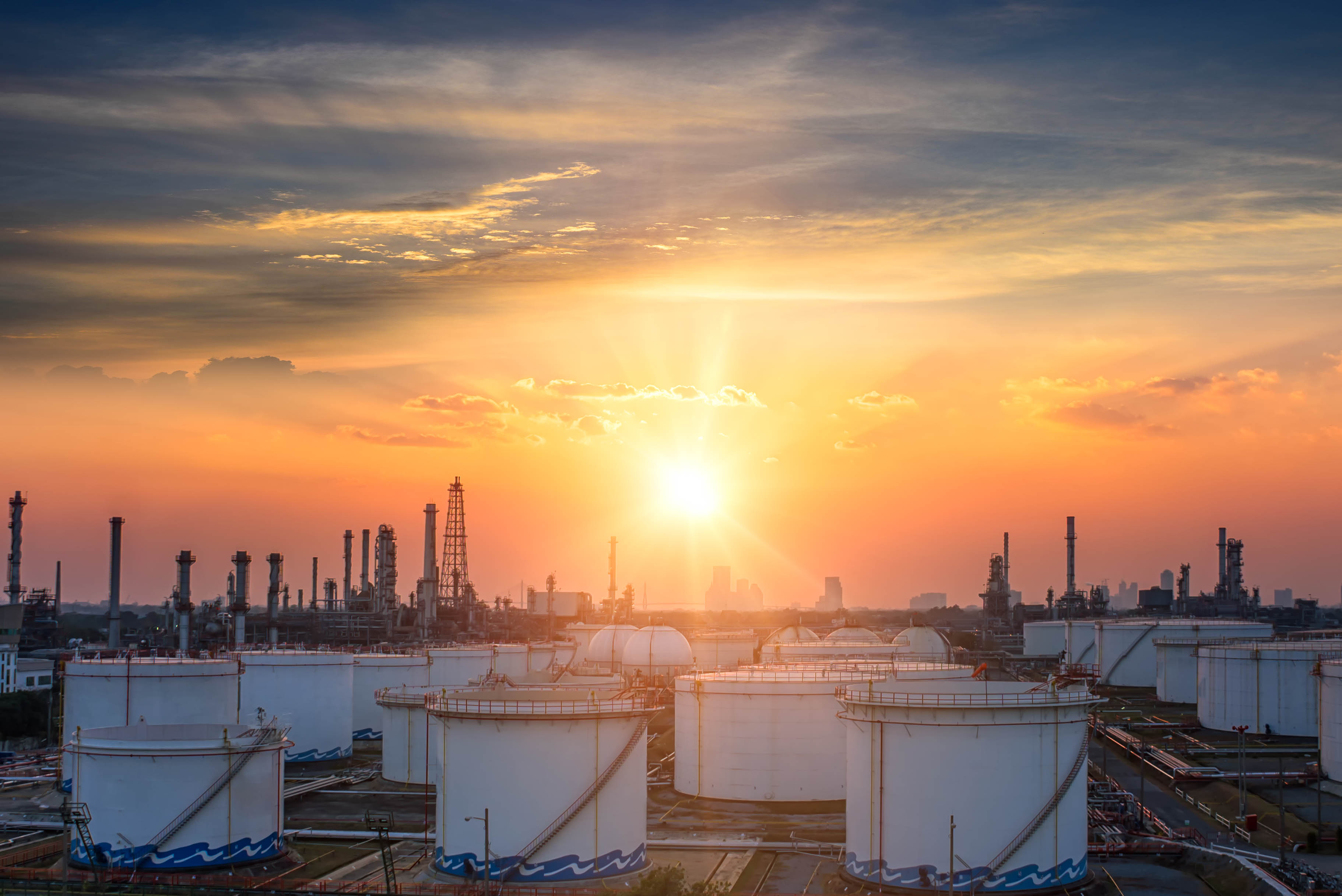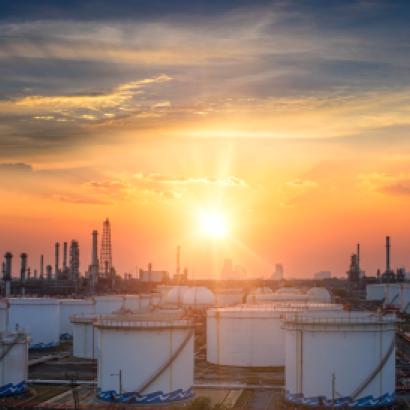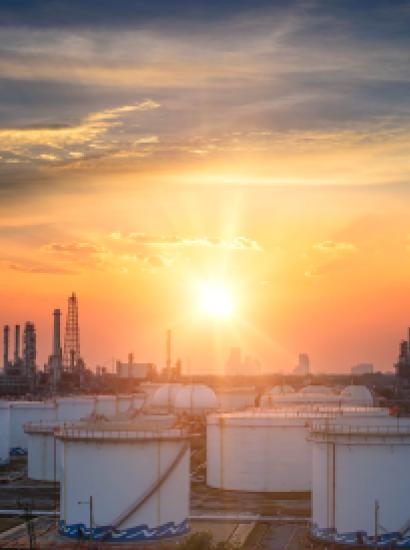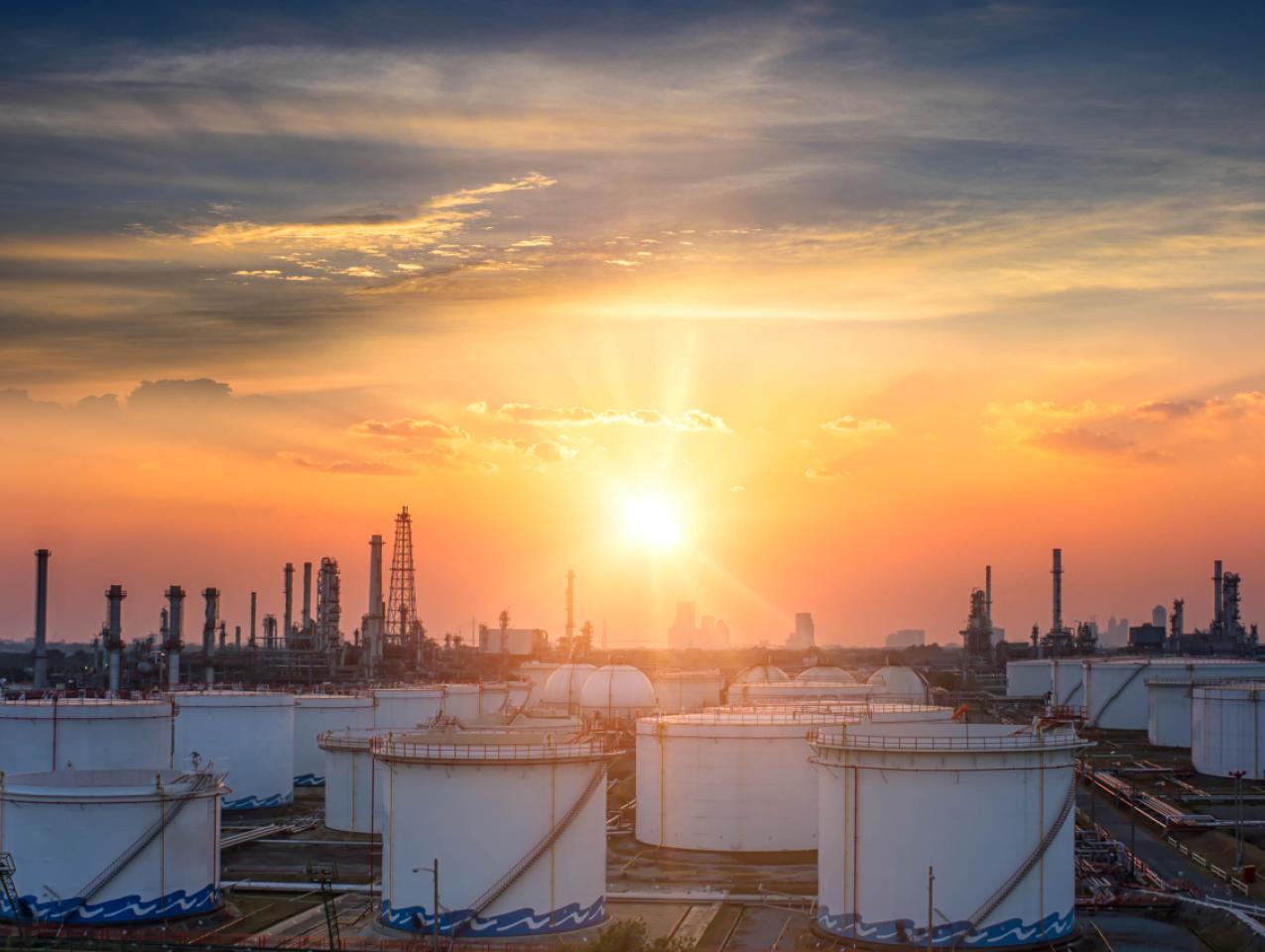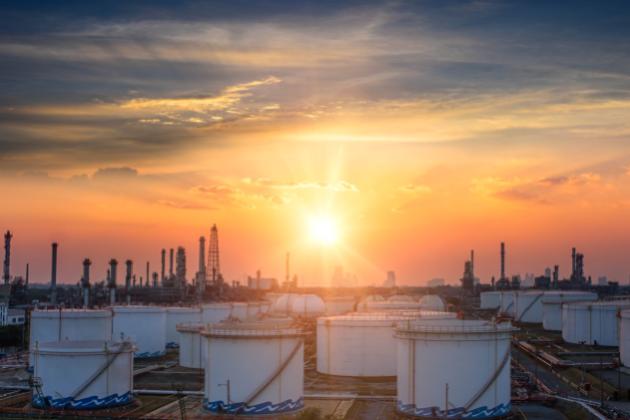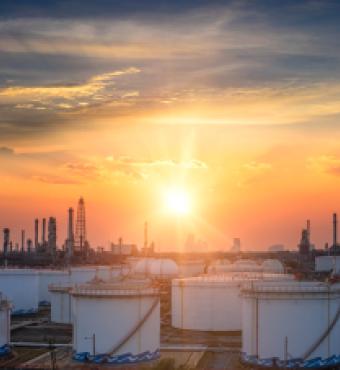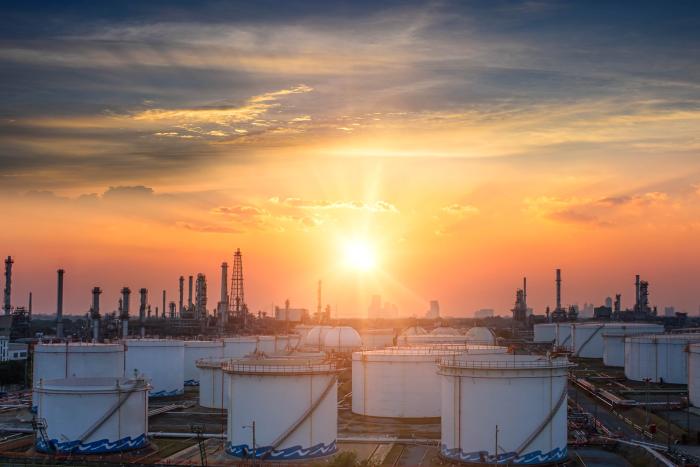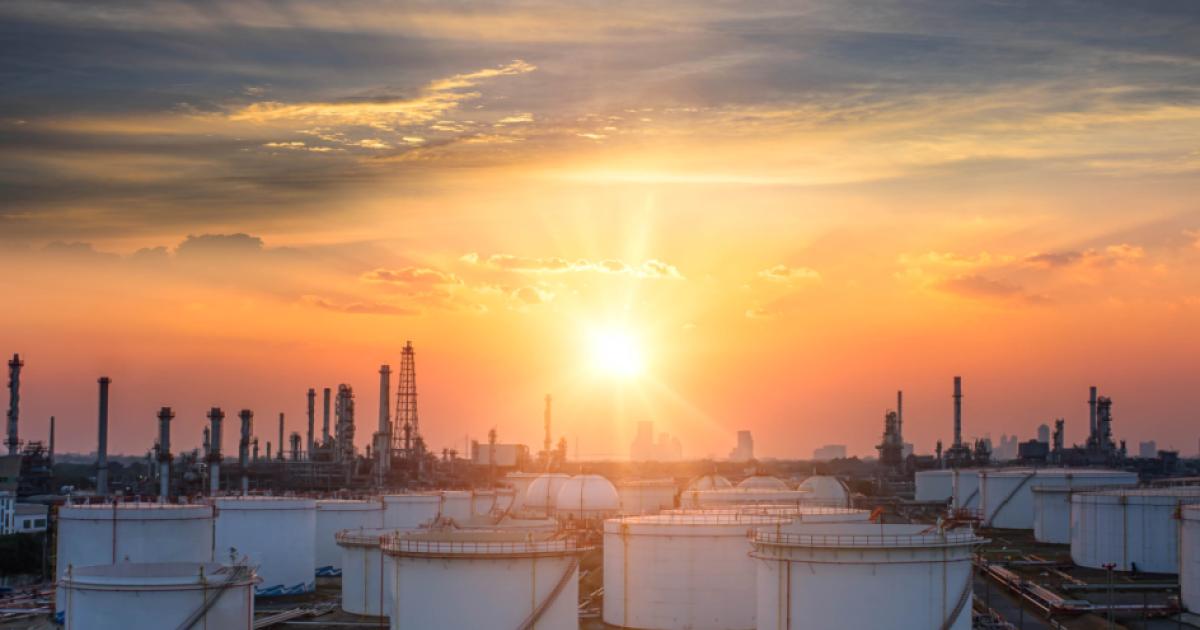The year 1993 is not normally seen as a geopolitically defining year. As Bill Clinton took the oath of office in Washington, the big geopolitical events of the past few years -- the fall of the Soviet Union, the first Gulf War, the rise of newly independent Eastern European states - continued to reverberate but the world, it seemed, had entered the post-Cold War peace dividend era and the American unipolar moment. Across Middle East capitals, there was no doubt who the great power was in the world. The United States had no rival.
One unheralded event in that year, however, imperceptibly began to shift Middle East geopolitics, while quietly signaling the rise of a potential new power over the horizon. The signal was faint and it elicited no headlines. In that year, China’s domestic supply of oil could no longer meet its demand. The supply-demand lines intersected on the chart. We were still early in China’s dramatic geo-economic rise, but the signal was blinking: China could eventually become a major buyer of global crude oil.
It took a while for Chinese demand to rev up, but over the past decade, the signal went from blinking to flashing to a steady red, and the demand line kept soaring upwards. China had become the Great Demand Engine of global crude oil (not to mention just about every other major commodity on earth). It was inevitable, therefore, that The Great Supply Engine in the Persian Gulf states would gradually shift closer to the Great Demand Engine of China.
Like the proverbial carrier ship changing course, geopolitical shifts are not sudden. They usually take decades to form, congeal. They often follow geo-economic shifts. Commercial winds generally move faster than political winds. So, when King Abdullah of Saudi Arabia ascended the throne in 2005, he sensed the shifting commercial winds -- especially the rising tide of Chinese purchases of Saudi crude, and the rise of Asia’s energy-hungry middle classes -- and made a declarative political move: he chose China and India as his first official state visits as the new Saudi monarch.
Saudi Aramco, the national oil company, could see the writing on the wall: future demand growth would come from Asia, not the United States or Europe. To be sure, those markets would remain steady and important, but Asia was the future. Indeed, during a visit to Beijing in 2011, the former Saudi Oil Minister Ali Naimi even adopted the language of Beijing and India’s foreign ministry in declaring himself from “the West Asian” state of Saudi Arabia. (Both India and China refer to the Middle East region minus North Africa as “West Asia”).
If we are to have an Asian Century, the first half of it will be fueled by West Asian oil and gas, and the vast majority of that will hail from the six Gulf monarchies plus Iraq and Iran. In fact, the vast majority of oil and gas that exits the Persian Gulf heads for Asia. Abu Dhabi National Oil Company (ADNOC) sends 96% of its crude to Asia. Countries like South Korea and Japan are overwhelmingly dependent on Gulf oil, with more than 8 out of ten of their imported barrels coming from the Gulf states, Iran, and Iraq. But it’s not just transactional purchases of crude. Both Japanese and South Korean companies are actively engaged in strategic energy cooperation with Gulf national oil companies from co-investing in refineries and winning energy upstream contracts to downstream industries like petrochemicals and plastics.
India, too, is increasingly reliant on Gulf energy, and Indian national oil companies are gaining a foothold in the Gulf states, most notably winning a significant stake in an oil concession in Abu Dhabi.
It is China, however, that looms large over the geo-economic horizon. The recent visit of Saudi Crown Prince Mohammad bin Salman to China, India, and Pakistan captured headlines in the United States, and spurred talk of an “Asia pivot” on the part of the Gulf states, or an “Eastward Shift.” The reality, however, is that the Eastward Shift has been happening geo-economically for at least a decade and beyond, and we are now entering a more strategic phase of geo-economic cooperation. The cooperation has entered a more mature phase of mutual foreign direct investment in long-term capital intensive projects like refineries as well as currency swaps, growing Chinese expatriate and trader communities from Dubai to Doha, and high-level pledges to co-invest in China Belt and Road Initiative projects.
All Gulf states have signed onto the Asian Infrastructure Investment Bank, and they seem to compete as to who might roll out a redder carpet for Chinese President Xi Jinping or other senior officials on state visits. This more mature strategic geo-economic phase might be dubbed Eastward Shift 2.0.
What has not yet happened is major military or security cooperation between China and the Gulf states. China remains a free rider on the American security umbrella over the Persian Gulf. The United States has, contrary to headlines, hardly been addicted to Middle East oil over the past decade (only two or three Middle East countries consistently make the top ten of import sources), and yet it still remains the paramount policeman of the Gulf. In the usual litany of US Middle East interests, Persian Gulf security always stands alongside support for Israel and protection against terrorism.
As US shale oil grows in importance in world energy markets, the case for US protection of Persian Gulf sea lanes has been laid even more bare. It’s not about protecting the sea lanes for American oil security. Rather, the United States is policing these global commons for world energy security, for moderate oil prices, for allies like Japan and South Korea and India, but, ironically, also for strategic competitors like China, and even for safe passage of Iranian oil (Occasional Iranian hard-liner threats to close the Strait of Hormuz are hollow for two reasons: Iran desperately needs the hard currency from its oil sales to Asia, and such a move would upset its major buyer, China).
But how long will this geopolitical arrangement last? China is already a bigger trading partner to most Middle East states than the United States, and it is the largest foreign investor in the Arab League states. At a July 2018 meeting of the China-Arab States Cooperation Forum, Beijing announced that relations would be elevated to a “strategic partnership” and funds were pledged for economic development initiatives. Ties between China and Gulf Arab states have accelerated over the past few years with a flurry of high-level visits and substantive cross-border investments in oil and gas exploration in the Gulf and refineries in China.
As Saudi Crown Prince Mohammad bin Salman feels increasingly isolated by a US and European foreign policy community that has largely shunned him in the wake of the killing of journalist Jamal Khashoggi in the Saudi consulate in Istanbul, he might find China a less complicated partner. We are not yet in Eastward Shift 3.0, where security and military cooperation will be added to the mix, but we may be in the early stages.
This poses three key questions for U.S policy-makers: Is the US willing or interested in burden sharing on Persian Gulf security with China? Is China interested? More importantly, are Gulf Arab leaders interested? On the latter, thus far, most Gulf Arab leaders have been content with the existing arrangement: the United States underwrites their security, while Asia underwrites their prosperity. This arrangement is unlikely to change soon, but is the carrier ship shifting ever so slightly?







